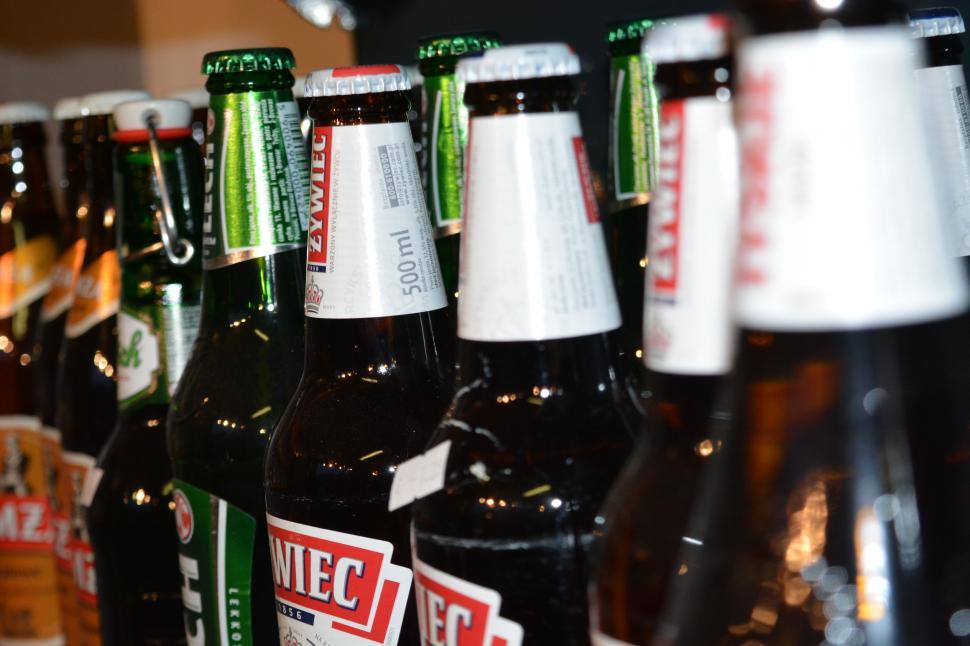The Indian alcoholic beverages industry is anticipated to experience a margin contraction in the fiscal year 2024 (FY2024) despite consistent demand, according to a report by ICRA.
Industry revenues to grow by 8-10% in FY2024 led by volume growth and product mix benefits. Industry operating profit margin (OPM) to contract by ~90-140 basis points in FY2024 due to input cost pressure, especially grain prices and packaging materials
Key findings from the report include: Anticipated revenue growth of 8-10% in FY2024, driven by volume growth and favorable product mix benefits. Expected contraction of industry operating profit margin (OPM) by approximately 90-140 basis points in FY2024 due to input cost pressures, especially related to grain prices and packaging materials.


The Indian alcoholic beverages industry saw a robust recovery in FY2023 after two challenging years influenced by the pandemic, with revenues of sample set companies growing by around 20% YoY to approximately INR 26 billion. Despite it being the lean season for the spirits segment, the spirits industry reported a YoY revenue increase of approximately 13% in Q1 FY2024. However, the beer industry, which experienced unseasonal rainfall during its peak season, witnessed a marginal decline of about 1%.


Ms. Kinjal Shah, Vice President, and Co-Group Head of Corporate Ratings at ICRA Limited, explained, “ICRA expects alcobev consumption to remain steady, supported by growing urbanization, rising disposable incomes, favorable demographics, and easing regulatory environments in some states. A sub-par monsoon with warm weather amid ongoing El Nino conditions will further drive demand, particularly for beer, in FY2024.”


Despite steady demand, the report suggests that the operating profit margin (OPM) for ICRA’s sample set of companies is expected to contract further by approximately 90-140 basis points in FY2024. This decline is primarily attributed to the elevated prices of key inputs, such as non-basmati rice and grains like maize used to produce extra neutral alcohol (ENA), a key ingredient in spirit production. The impact of a sub-par monsoon and government measures related to grain prices will play a vital role in determining the industry’s cost structure.
High packaging material costs, particularly for glass due to increased soda ash prices, have also contributed to the expected margin contraction. On a positive note, prices of barley, a primary raw material for beer production, have shown some correction in recent quarters and are expected to remain stable in the near to medium term. The industry will also need to monitor the pricing pressures resulting from the diversion of grains toward ethanol production due to government blending norms, which are driving increased demand for ethanol.


Kinjal Shah also emphasized the importance of timely price adjustments by state governments to absorb the rise in input costs, stating, “The timely increase in the selling price of the alcobev products from state governments is the key to absorbing the rise in input costs. This typically happens on an annual basis at the beginning of a fiscal; hence, any mid-year raw material price volatility must be absorbed by the manufacturers. Some key states, including Karnataka, Haryana, Delhi, and Uttar Pradesh, have permitted the increase in prices of alcobev products for the current fiscal.”
While ICRA’s sample set of companies invested significantly in capital expenditures (capex) at around 5% of revenues in FY2023, it is expected to moderate to approximately 2-3% in FY2024 and FY2025. This change is due to major players expanding their capacities recently, primarily focusing on beer manufacturing. This expansion is expected to occur in the near to medium term, with some companies planning to expand into new states and deepen their presence in existing regions. ICRA anticipates the industry will maintain stable and healthy credit metrics supported by strong cash flow generation and limited debt addition.
Also Read
Watch on youtube
